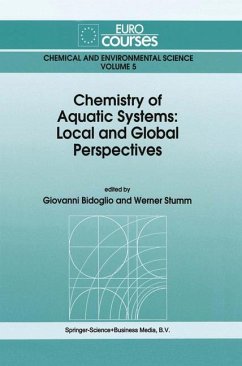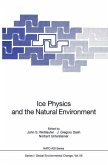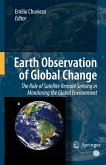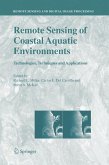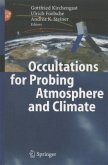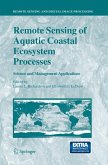Aquatic systems play a salient role in the complex processes of energy and matter exchange between the geosphere and the atmosphere. Furthermore, the inextricable links between the water cycle, the geosphere and the atmosphere ensure that apparently localized environmental problems are increasingly seen to have impacts in other parts of the world. In order to identify local-to-global scale variables associated with environmental changes, one must concentrate on the recognition of processes, rather than placing a continued reliance on the monitoring of state variables. But in heterogeneous aquatic systems, small-scale aspects of a process under observation may not be summed directly to obtain regional estimates.
The objectives of the Chemistry of Aquatic Systems: Local and Global Perspectives are:
to illustrate how land, water and atmosphere are coupled by hydrogeochemical cycles and how these cycles affect the chemistry of natural waters;
to strengthen our understanding of the cycling of nutrients, metals and organic carbon in marine and lacustrine systems;
to give an account of current research and water technological applications of the processes occurring at the solid--water interface;
to illustrate how pollutants are transformed, degraded and transported, and how to link processes occurring at different spatial and temporal scales. This is a tutorial book, written in such a way that the general principles are understood before progressing on to theoretical models, laboratory systems and real-world processes.
For geochemists, water and soil scientists, environmental engineers, and students of these disciplines.
The objectives of the Chemistry of Aquatic Systems: Local and Global Perspectives are:
to illustrate how land, water and atmosphere are coupled by hydrogeochemical cycles and how these cycles affect the chemistry of natural waters;
to strengthen our understanding of the cycling of nutrients, metals and organic carbon in marine and lacustrine systems;
to give an account of current research and water technological applications of the processes occurring at the solid--water interface;
to illustrate how pollutants are transformed, degraded and transported, and how to link processes occurring at different spatial and temporal scales. This is a tutorial book, written in such a way that the general principles are understood before progressing on to theoretical models, laboratory systems and real-world processes.
For geochemists, water and soil scientists, environmental engineers, and students of these disciplines.

